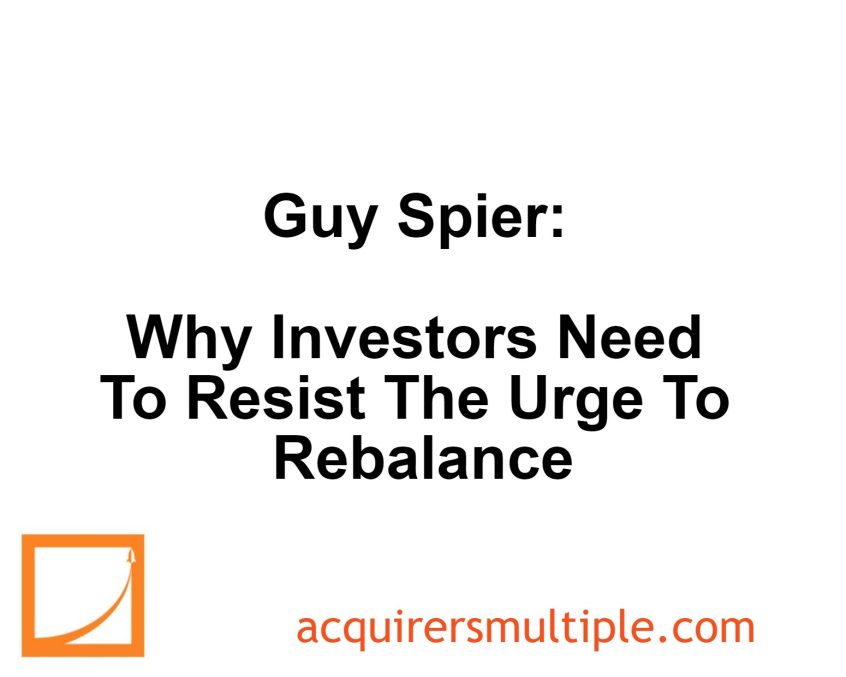In this interview with Excess Returns, Guy Spier explains that in a randomly selected portfolio held over a long period, most returns come from a few big winners, while many stocks do little or lose value.
He emphasizes the challenge of intervening in a portfolio, as transaction costs and the unpredictability of outcomes often make adjustments counterproductive. Spier highlights the importance of having overwhelming evidence before making changes, noting that Berkshire Hathaway’s success similarly relies on a few key companies.
Though easy to understand, he admits it’s difficult to resist rebalancing, especially when watching stocks fluctuate dramatically in value.
Here’s an excerpt from the interview:
Spier: The basic principle encapsulated in that story in this case happens to be true, I believe, or I think is provably true. If you take a random portfolio and hold it for a very long time—say, take 20 random names from the S&P, allocate 5% of your theoretical portfolio to each, and hold them for a very long time—you’ll get some big winners, a lot of things that do nothing, and some big losers. The majority of your returns will result from your big winners.
The question that arises is, if that is the case in a passive portfolio that is selected once, every time I intervene in the portfolio, I’m going to be paying transaction costs of one form or another.
I need to ask myself, “How likely is it that the intervention I’m going to make is going to outweigh this basic principle that a few winners are going to carry the portfolio forward?” I think the odds are against you.
You need overwhelming odds to make a move. You might have overwhelming odds, like clear evidence that a company is about to go bankrupt, in which case, you should take every penny off the table. But the standard for behaving needs to be very high—it can’t just be rebalancing the portfolio, in my humble opinion.
Another idea there, and forgive me if you and/or your listeners don’t know Berkshire Hathaway as well as I do, but Berkshire Hathaway is well-known for being a conglomerate with many different businesses.
However, the companies that carry the vast majority of its intrinsic value of Berkshire Hathaway are a small proportion of the total number of businesses that Berkshire Hathaway has bought. The same principle applies within Berkshire Hathaway and likely within many different businesses.
The principle, if I just pause and self-reflect, is simple to talk about and demonstrate, but it’s far more difficult to act in a way that avoids rebalancing the portfolio. It can be painful.
You see a stock go up five times, and then it drops by 50%. That’s painful. How many charts have we looked at recently of companies that went up 10, 20, or 100 times and are now down 90%? And guess what—they’re never going back. So, which one do I own?
You can watch the entire discussion here:
For all the latest news and podcasts, join our free newsletter here.
Don’t forget to check out our FREE Large Cap 1000 – Stock Screener, here at The Acquirer’s Multiple:



